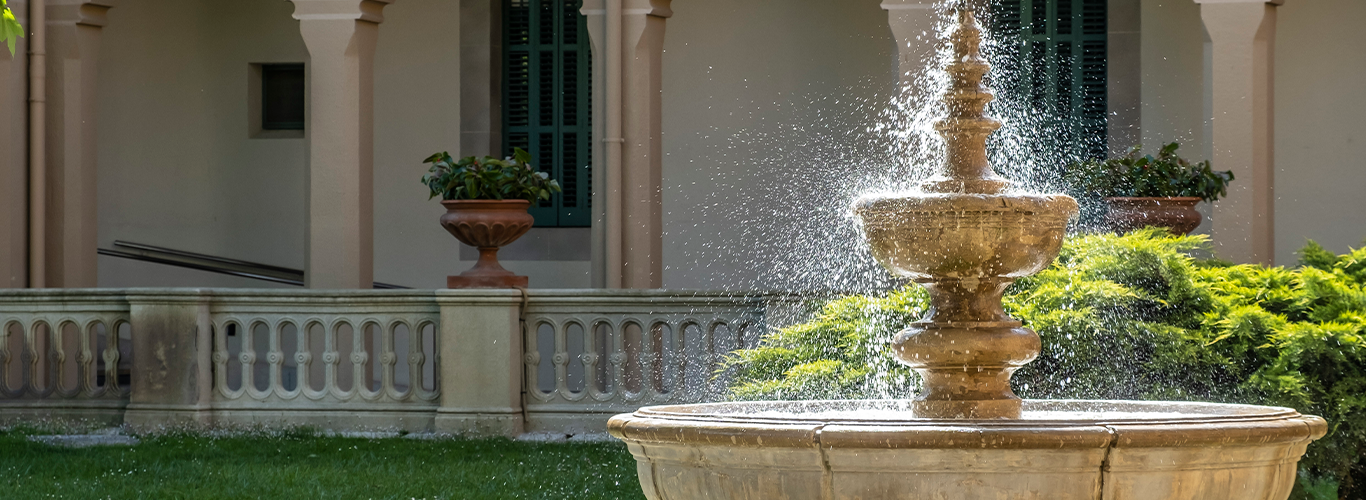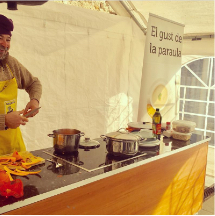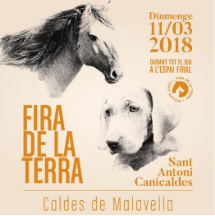
Vichy Catalan Thermal Spa was developed by Doctor Modest Furest i Roca, who in 1880 bought the Las Ànimes Hill. The purpose of this purchase was to exploit the thermal water sources and consisted of building a bottling plant at the thermal baths. The water from the Gran, La Cantera, Xica and El Fetge hot spring sources was initially marketed under the name “Puig de les Ànimes Water,” then declared in the public interest. In 1891, the water was marketed under the name “Vichy Catalan” to associate it with famous medicinal waters of the French thermal spa centre. That same year, Dr. Furest consolidated the project with the construction of a thermal spa, under the charge of Gaietà Buïgas i Monrabà. The bottling plant soon achieved notable success and was commended by Caldes Town Hall, which awarded Dr. Furest the distinction of adopted son of Caldes de Malavella. Given the considerable costs resulting from the construction of the thermal spa, in 1900 the new company S.A. Vichy Catalan was formed, incorporating the four Barcelona directors Josep Ferrer i Torralbas, Josep Serradell i Amich, Bonaventura Blay i Milà and Josep Vías i Camps. The thermal spa was planned as a building of monumental size, Modernist in style and with a marked Arabic influence. It comprises two different parts which form a “T”: the first more simple in composition and the second with more decoration and visibility. In the first part, the openings are made using horseshoe arches, which form an arcade on the ground floor with a central advanced portico that constitutes the main access. An inner courtyard with a fountain also stands out, in front of which there is a chapel dedicated to St. Joseph and St. Stephen, constructed under the influence of the Modernist aesthetic. The towers with almenas at the ends and the central part stand out in the second part, as well as the horseshoe arch openings framed in a different tonality.








